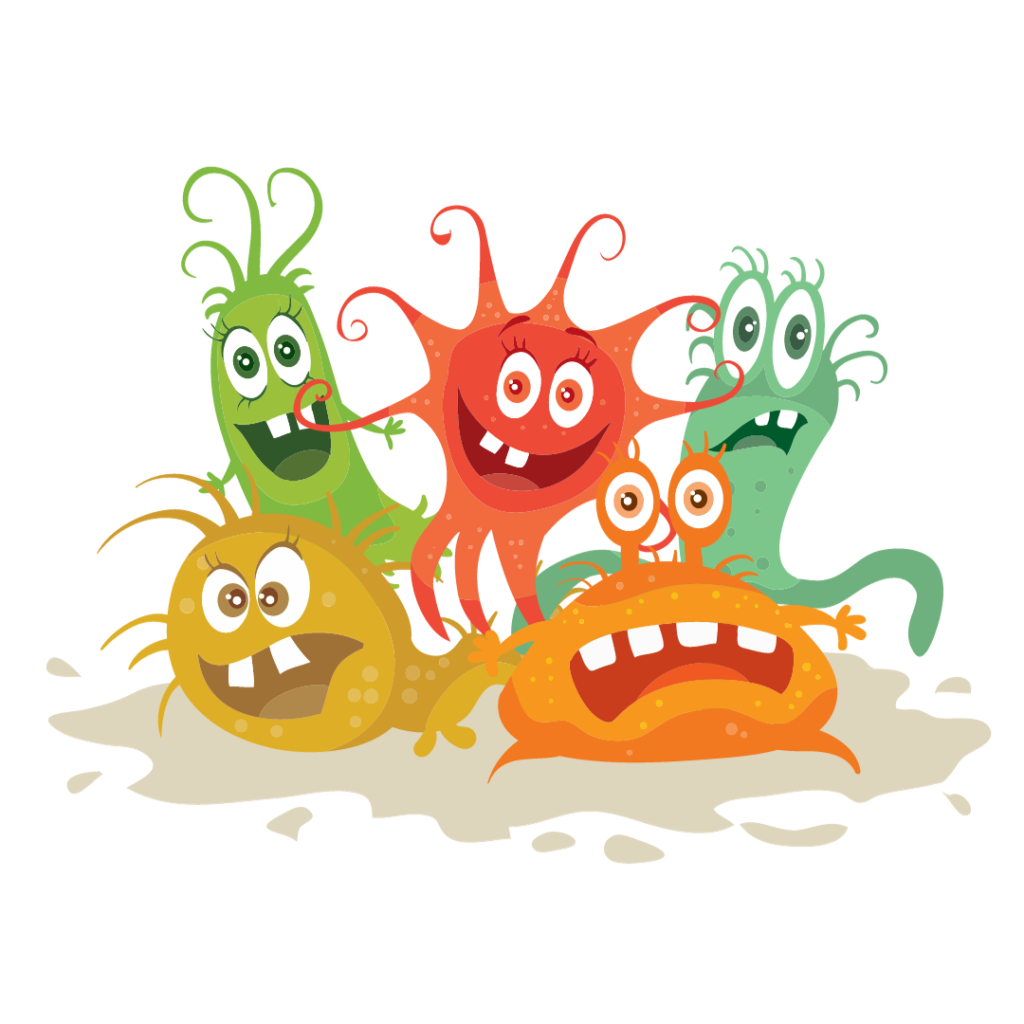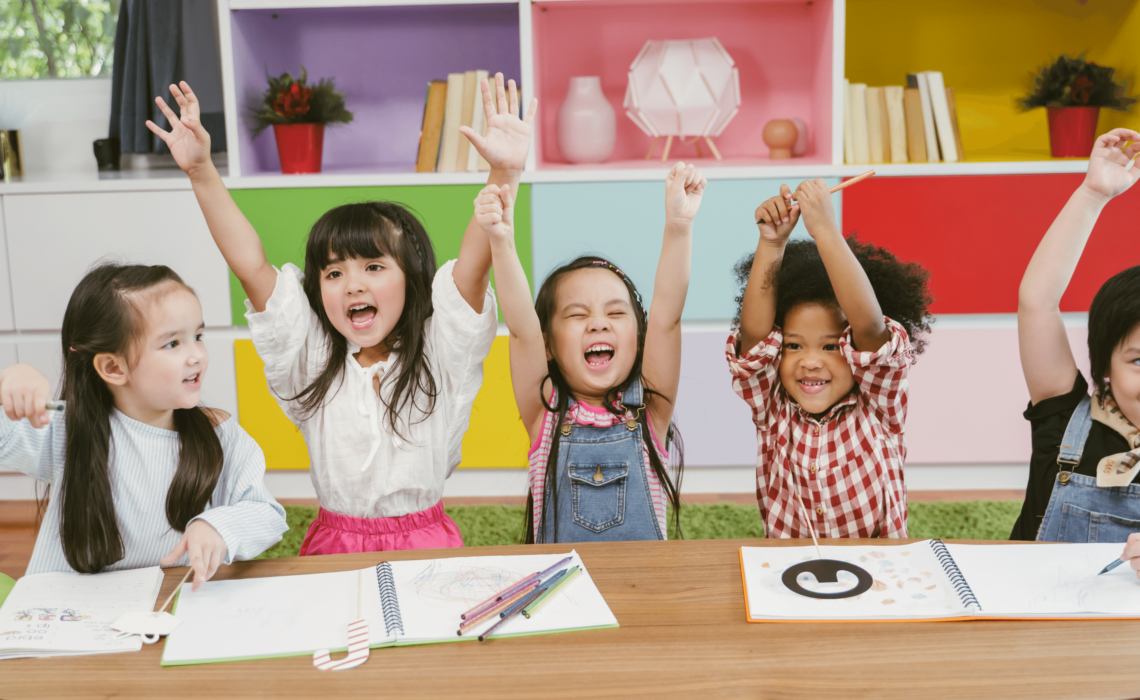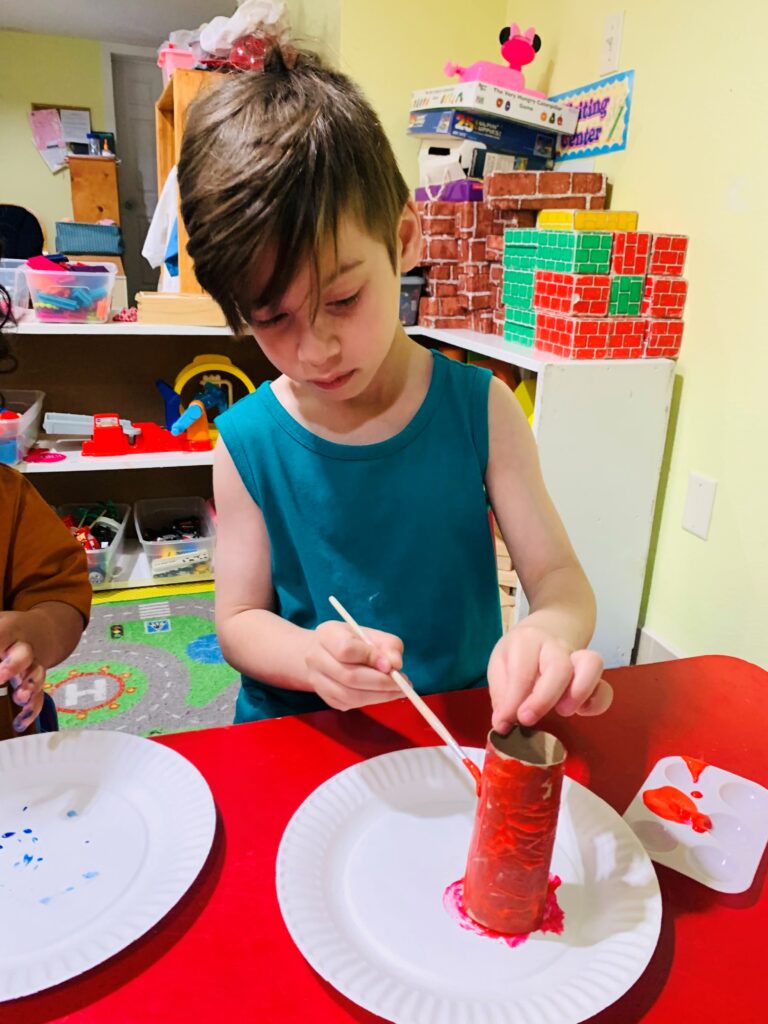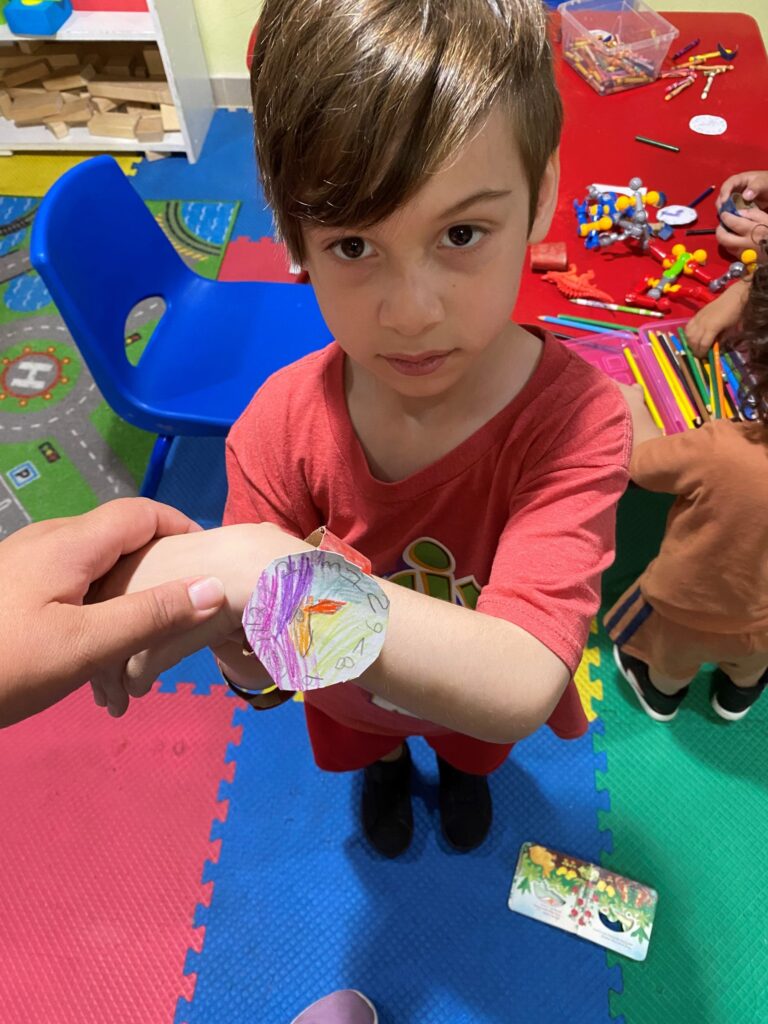Oral language: where it all begins
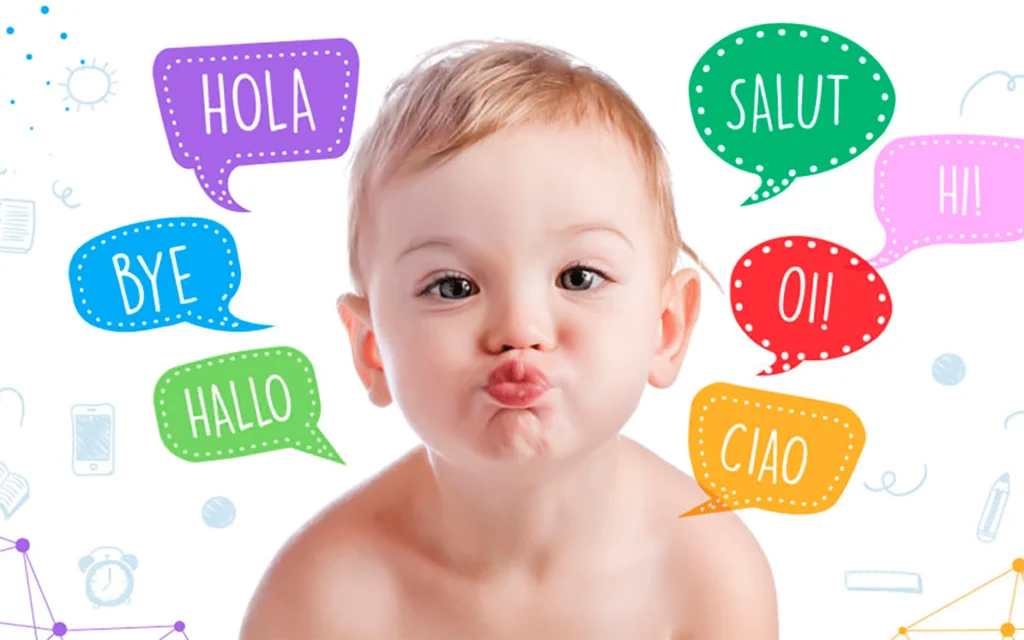
Children are language learners by virtue of being born and living in society. They build linguistic knowledge to the extent that they use language to interact with other people, the objects in their environment, and understand what surrounds them. (Halliday, 1975).03
The first manifestations of speech, such as stammering, are part of oral language. That initial babble is the response of the infant to the adult when they try to have a communication encounter. It all starts when they have their parents by their side or someone who communicates with them. It is extremely important that through oral language, the adult: speaks to them, sings, and explains the world around them; that is, it translates the physical world into words. At this stage, your voice can be “understood and heard”, even if they don’t have the adult language code. As the child grows, they acquire more vocabulary and their thoughts, ideas and forms of expression become more complex. Finally, oral language reveals children’s knowledge about language functions, their intersection skills and what they know about the world around them. (Owoki & Goodman, 2002).
The best way to enrich the sound world of childhood is by talking to them, singing, and reading to them. These three forms of stimuli complement each other, each serving a special role in language development. It is a simple way to tell if your child is listening, when parents talk to their baby, preparing them to verbally explore the world around them. The sound of words is very important, as it will be the stimulus to develop the ability to speak.
From the first moment, we adults talk to our newborns because we are sure that they understand us, that this is how we communicate. According to Vigotsky (1978), oral language plays a central role in mental processes and in the internalization of the cultural process. It reveals childrens functions, their interaction skills and what they know about the world around them. (Owoki & Goodman, 2002).
The role of the educator goes beyond educating the child, it is to promote appropriate practices for language development. We begin by fulfilling the responsibility of listening to the voice of children, and children must feel our voice. Through their conversations and actions, children expand and refine their linguistic and conceptual knowledge. To the extent that an educator listens to them talk and speaks to them, they can understand their thoughts and intentions.
Children learn as a result of social interaction and transform the language and actions of their social experience into tools for thought. The social experience of interaction with the educator and with children’s literature allowed them to incorporate a way of expressing their feelings orally. It is exposed, then, that experiences with oral language through children’s literature is the motivation that impulses learning.
Tips for good language in children.
Therefore, you should review these tips on how to stimulate language in young children.
We present a series of recommendations to stimulate the baby’s oral language: take advantage of everyday situations to stimulate language: at meals, in the bathroom, at games, going to daycare and school, in the park… the time to stimulate language never ends.
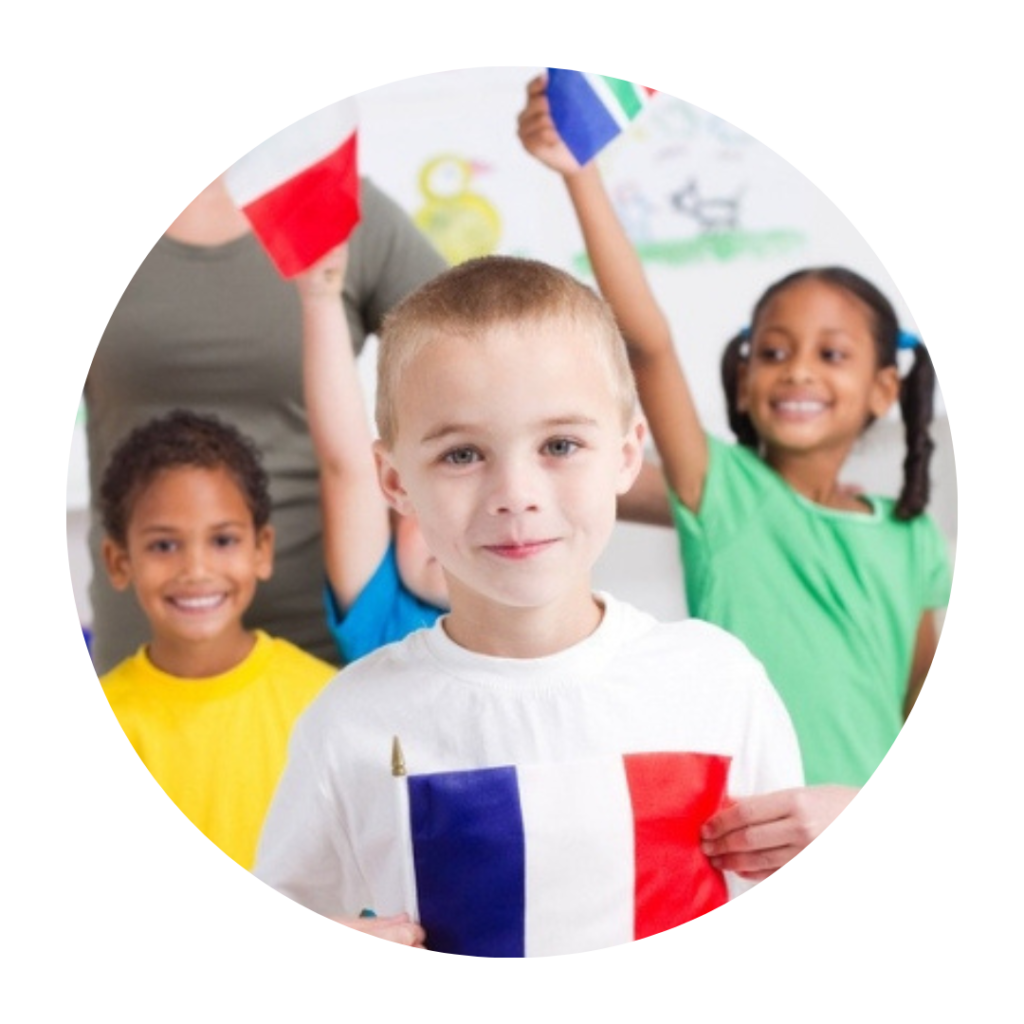
Ramos, A. (n.d.). Retrieved from http://alcanza.uprrp.edu/
Courtesy of Precious Moment Child Care



